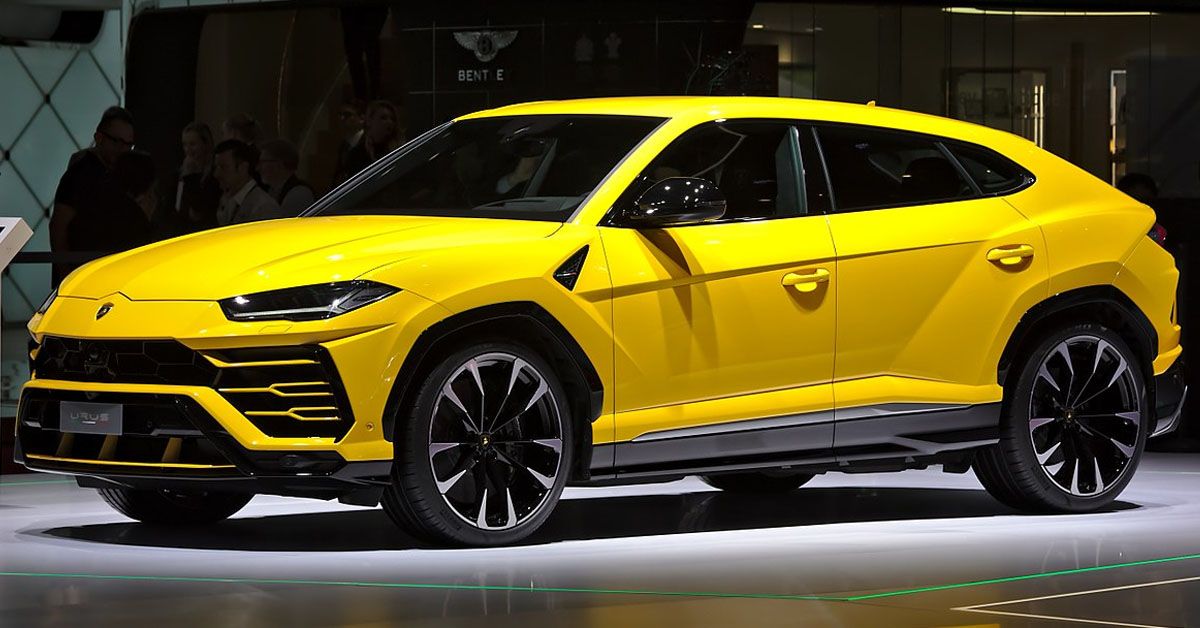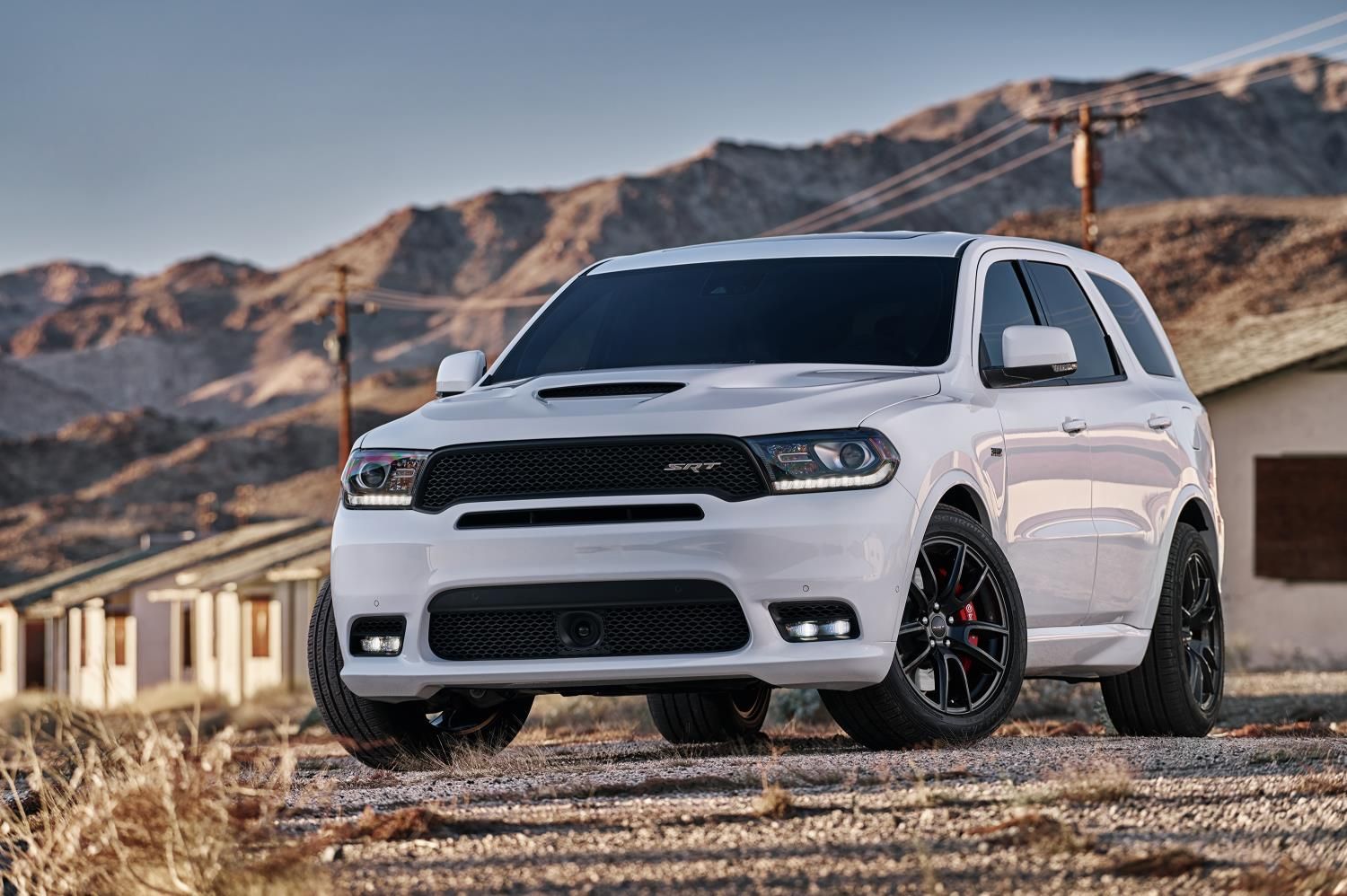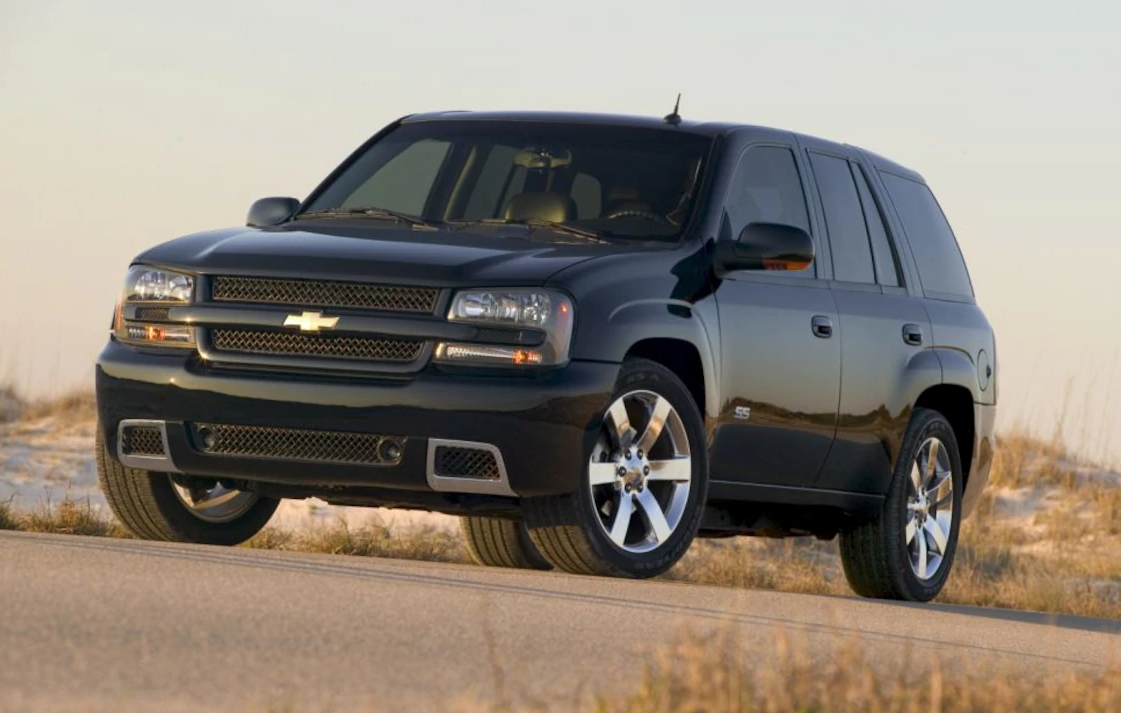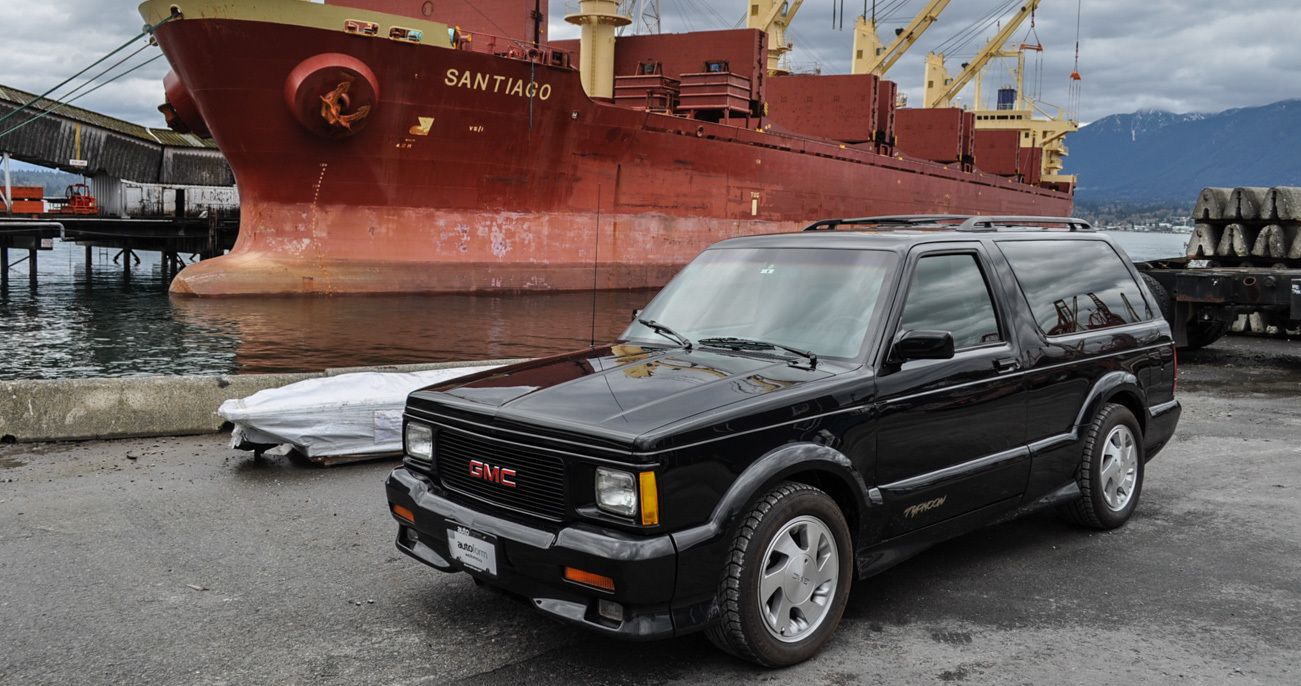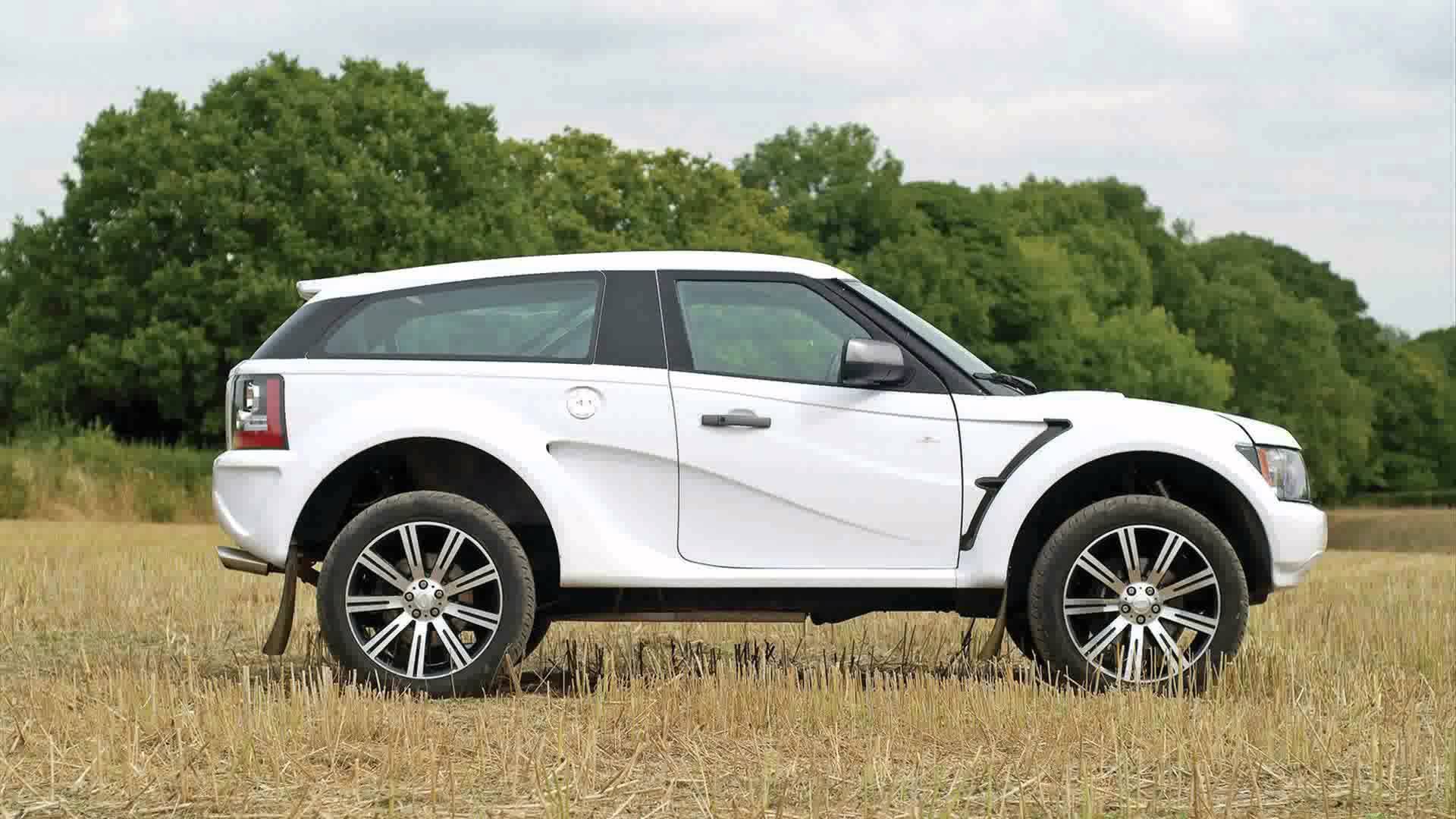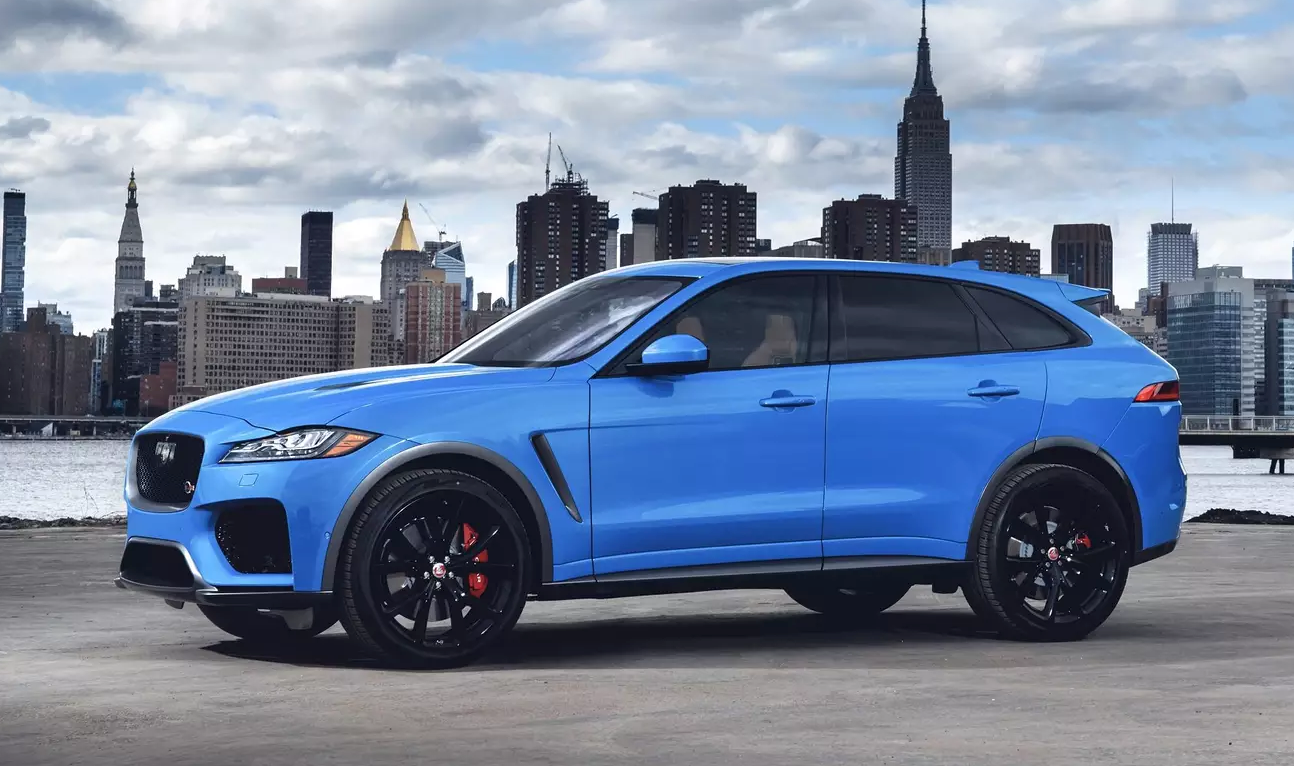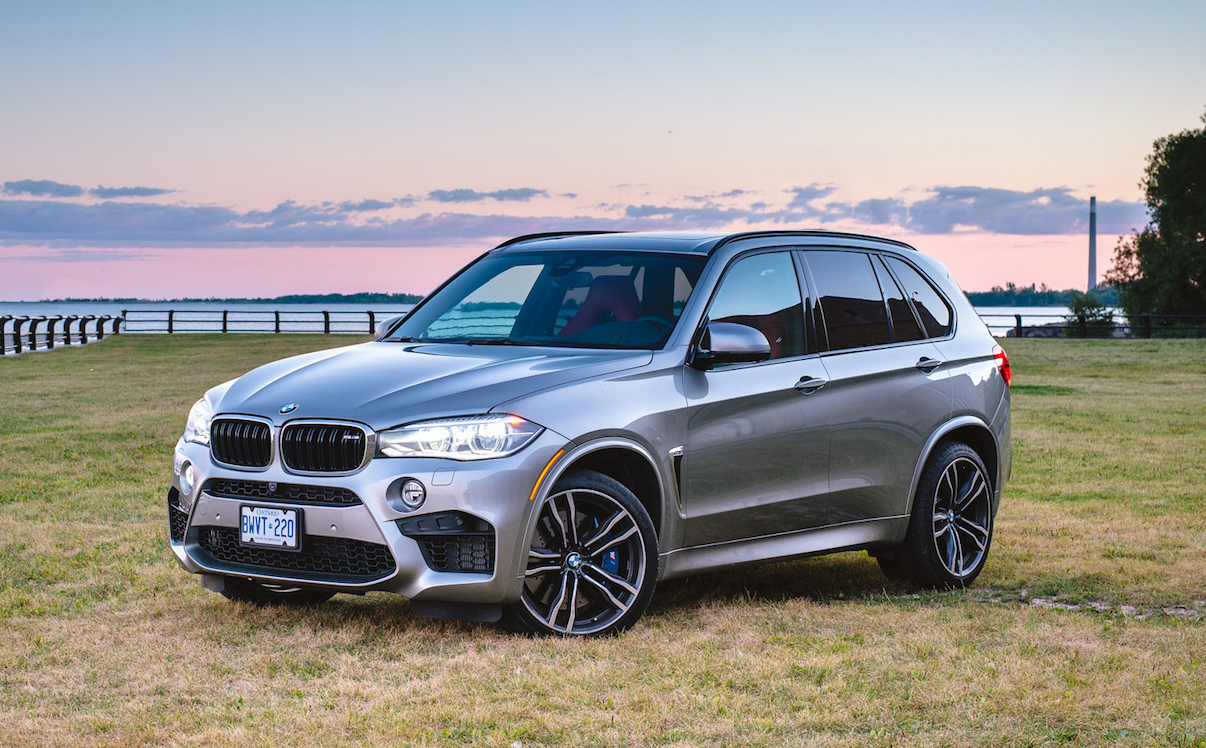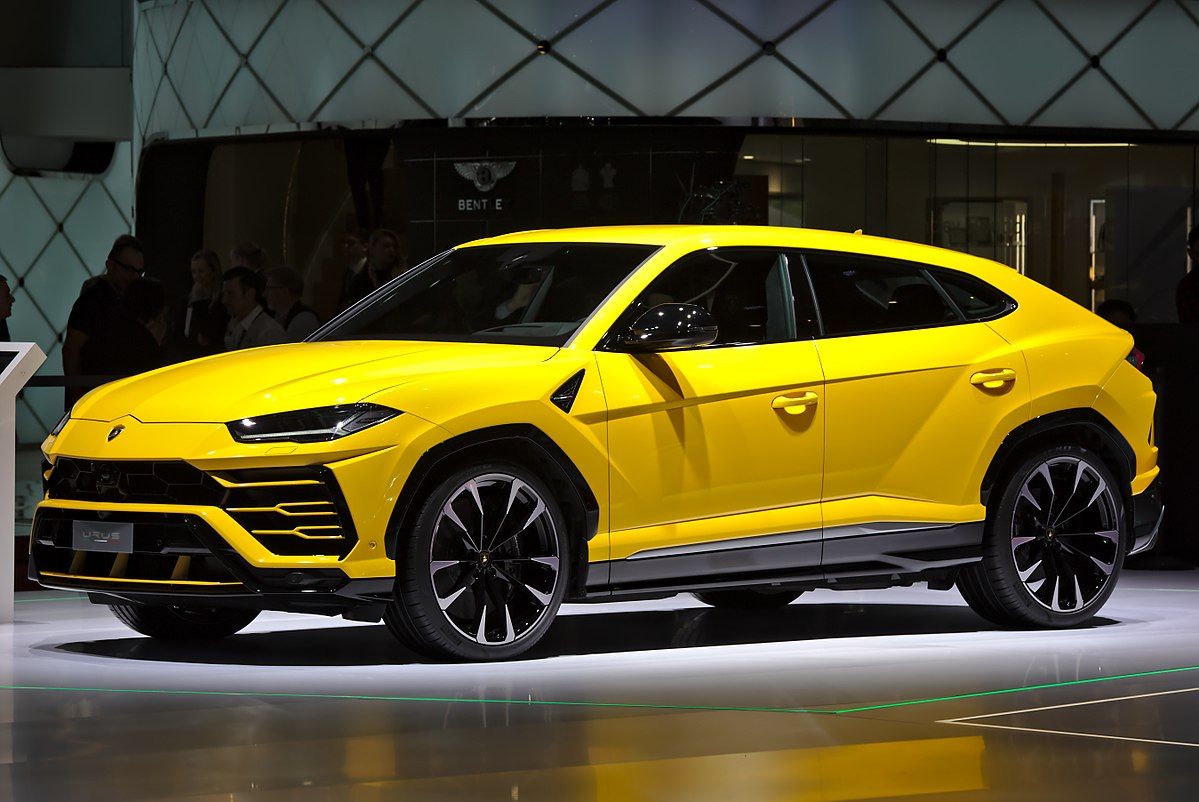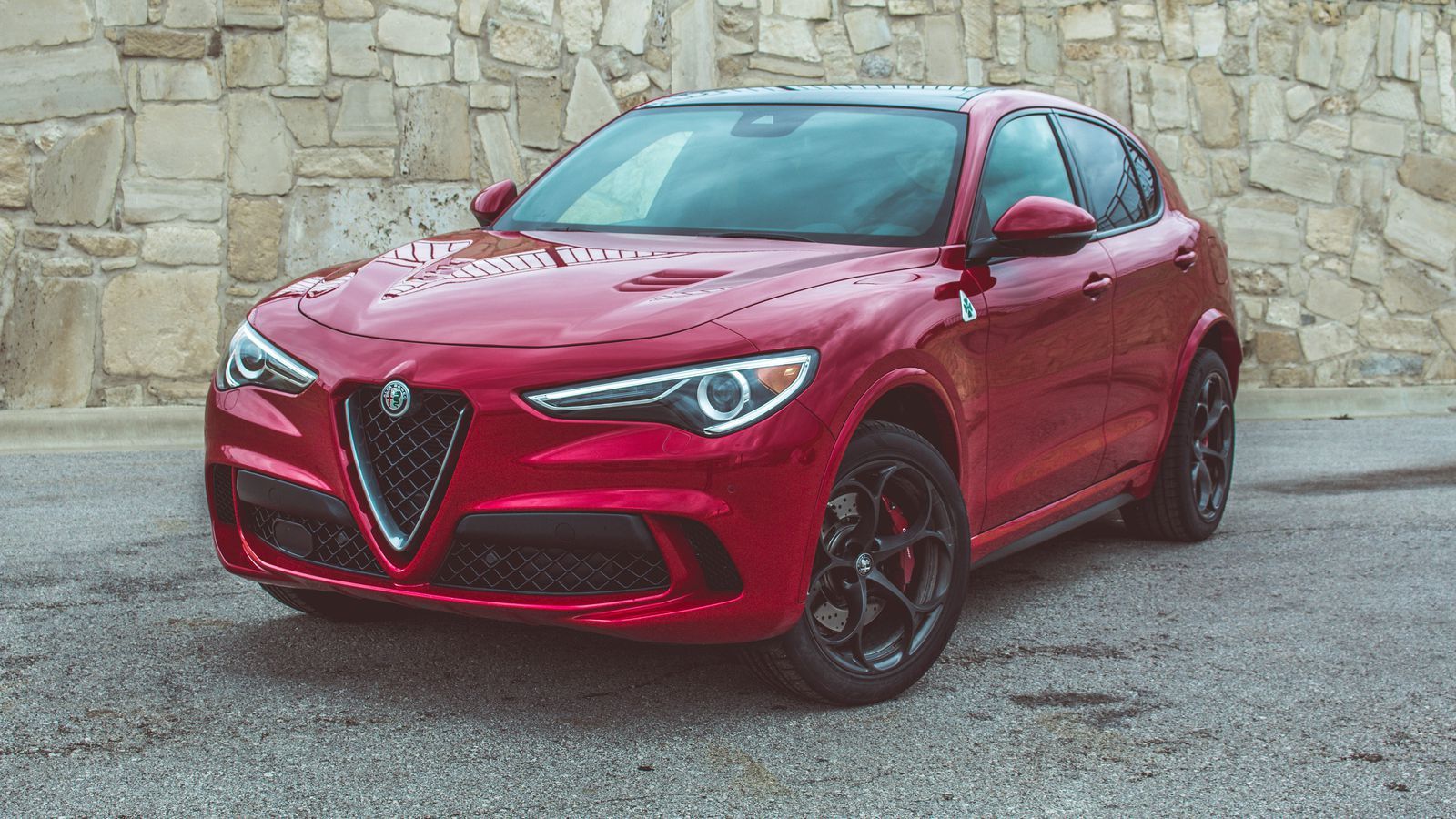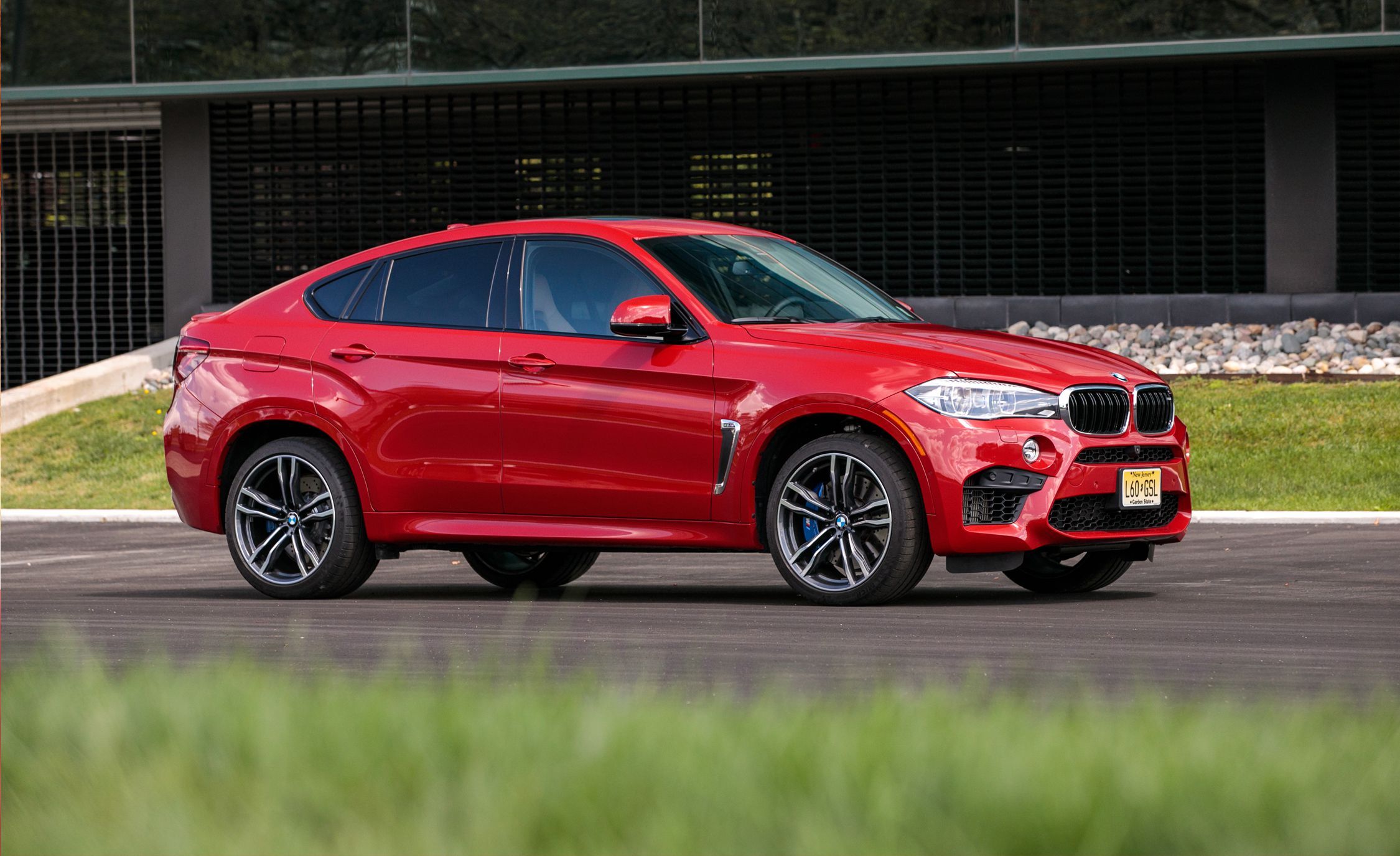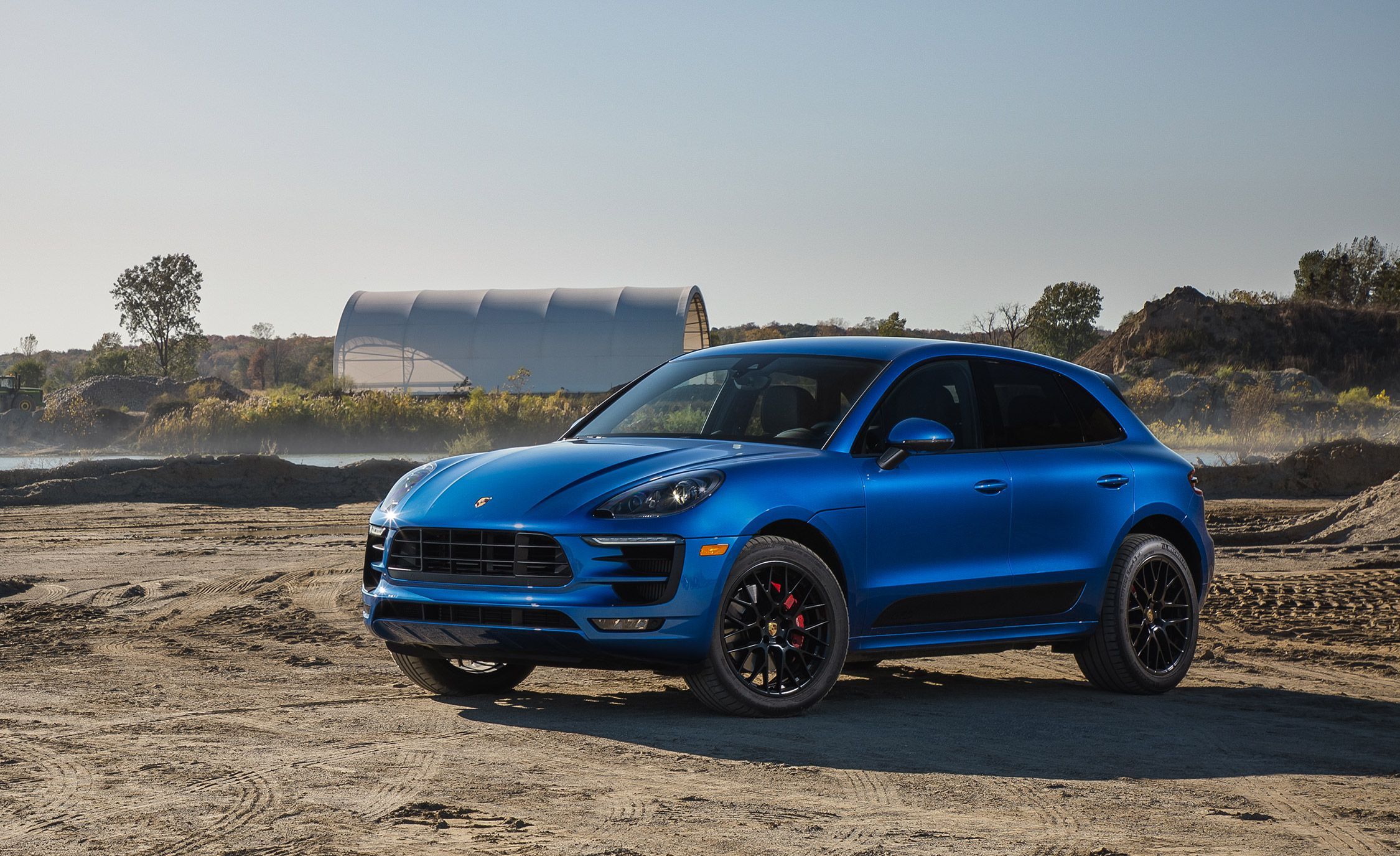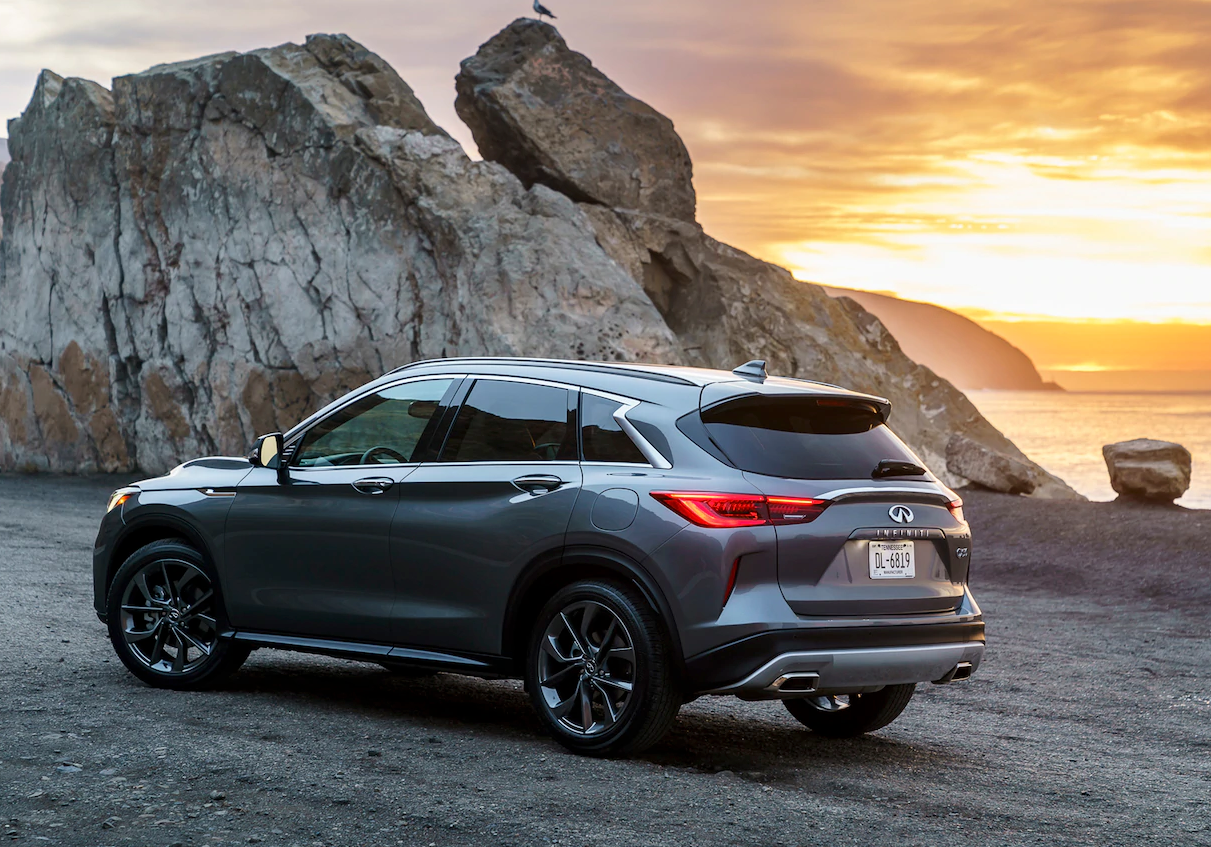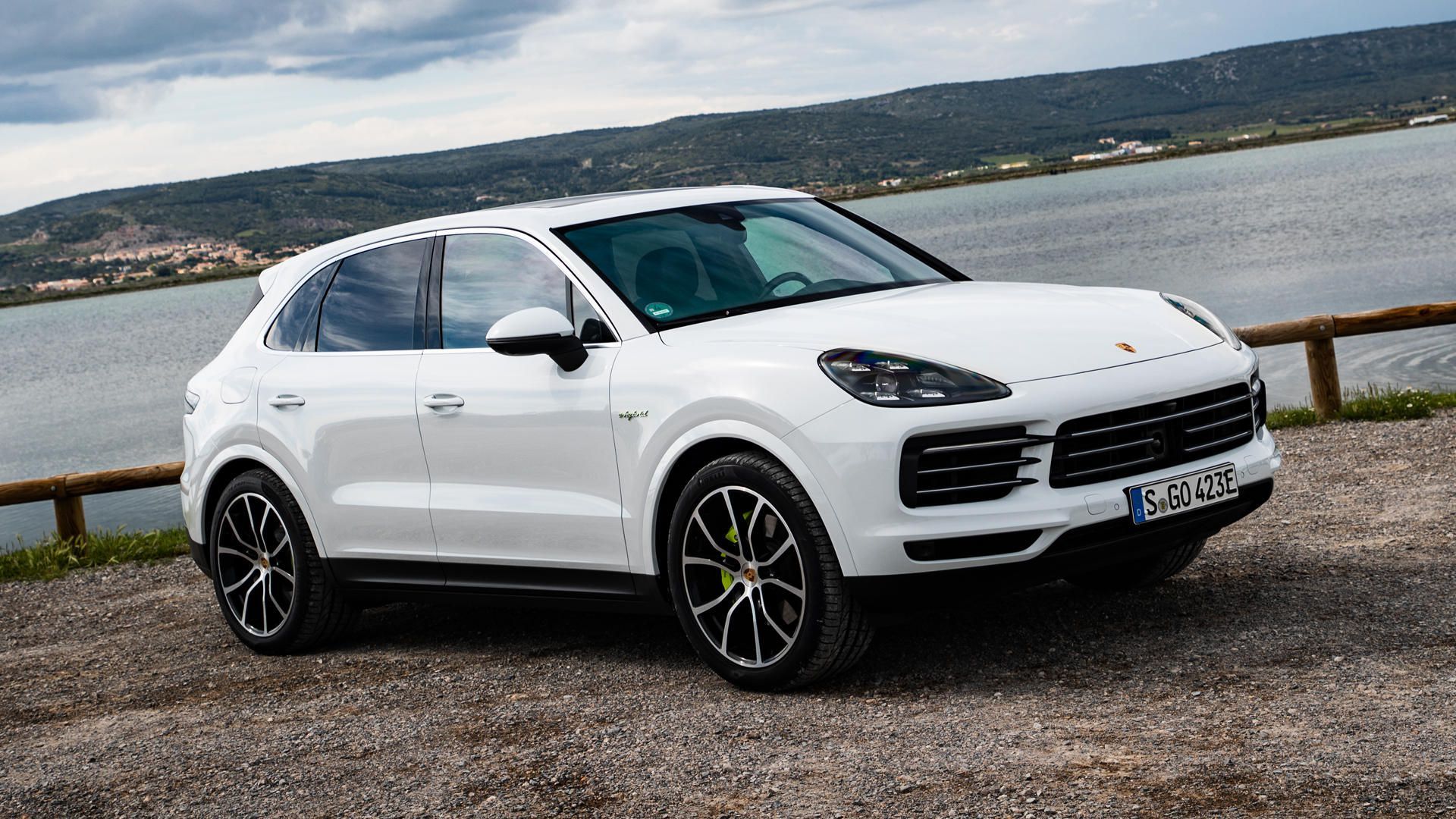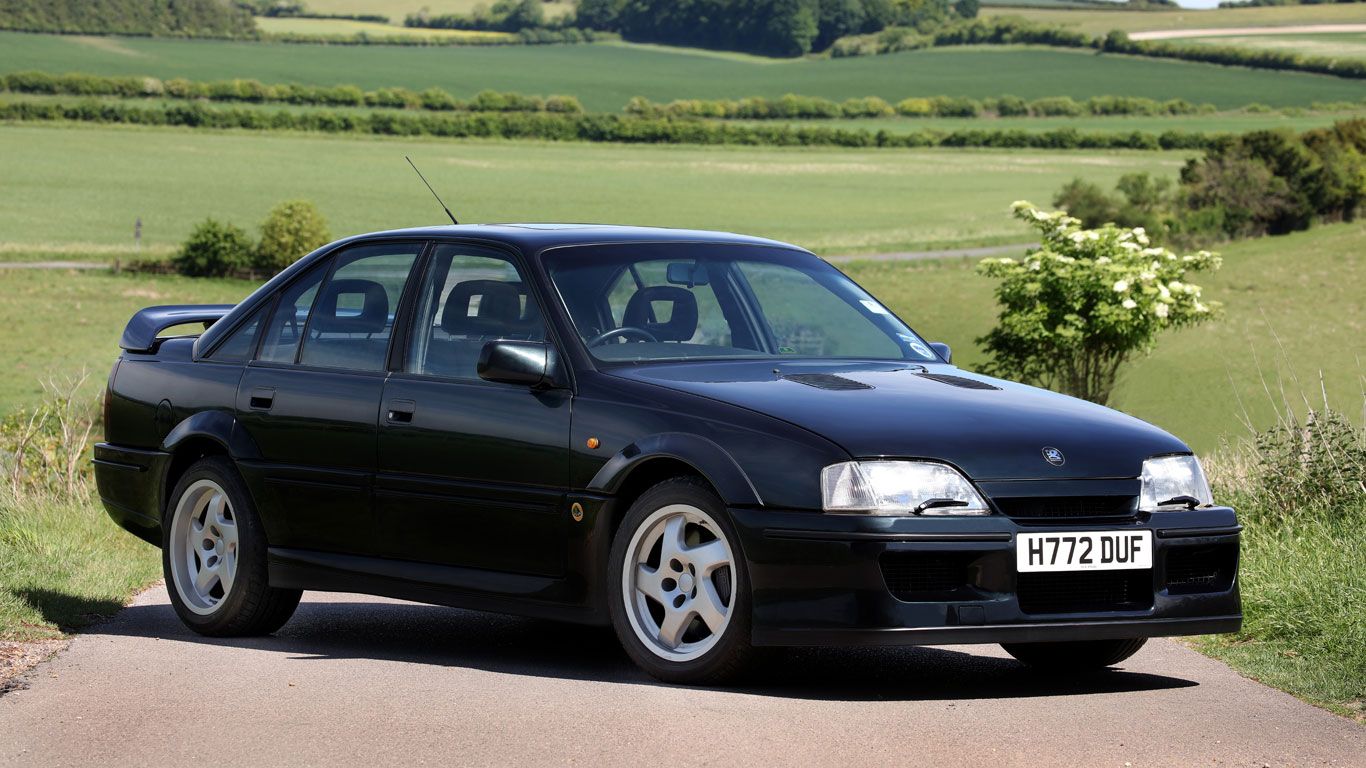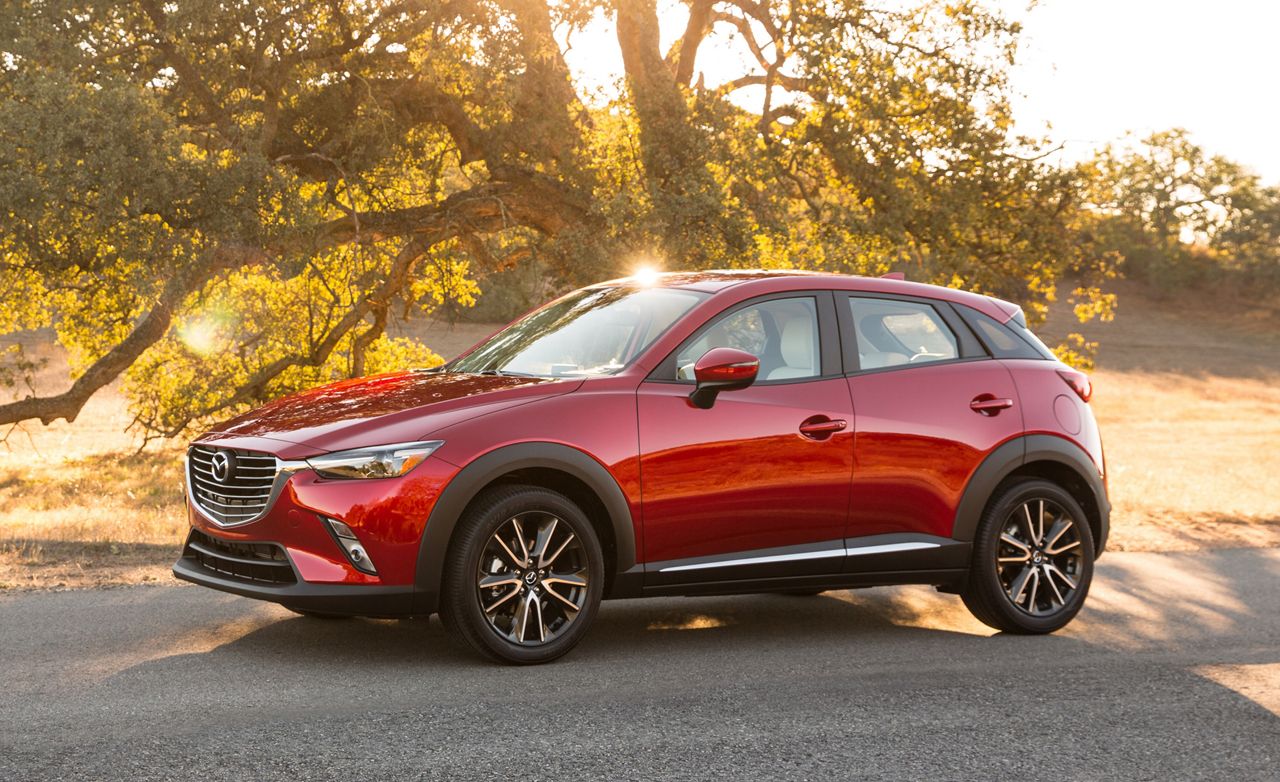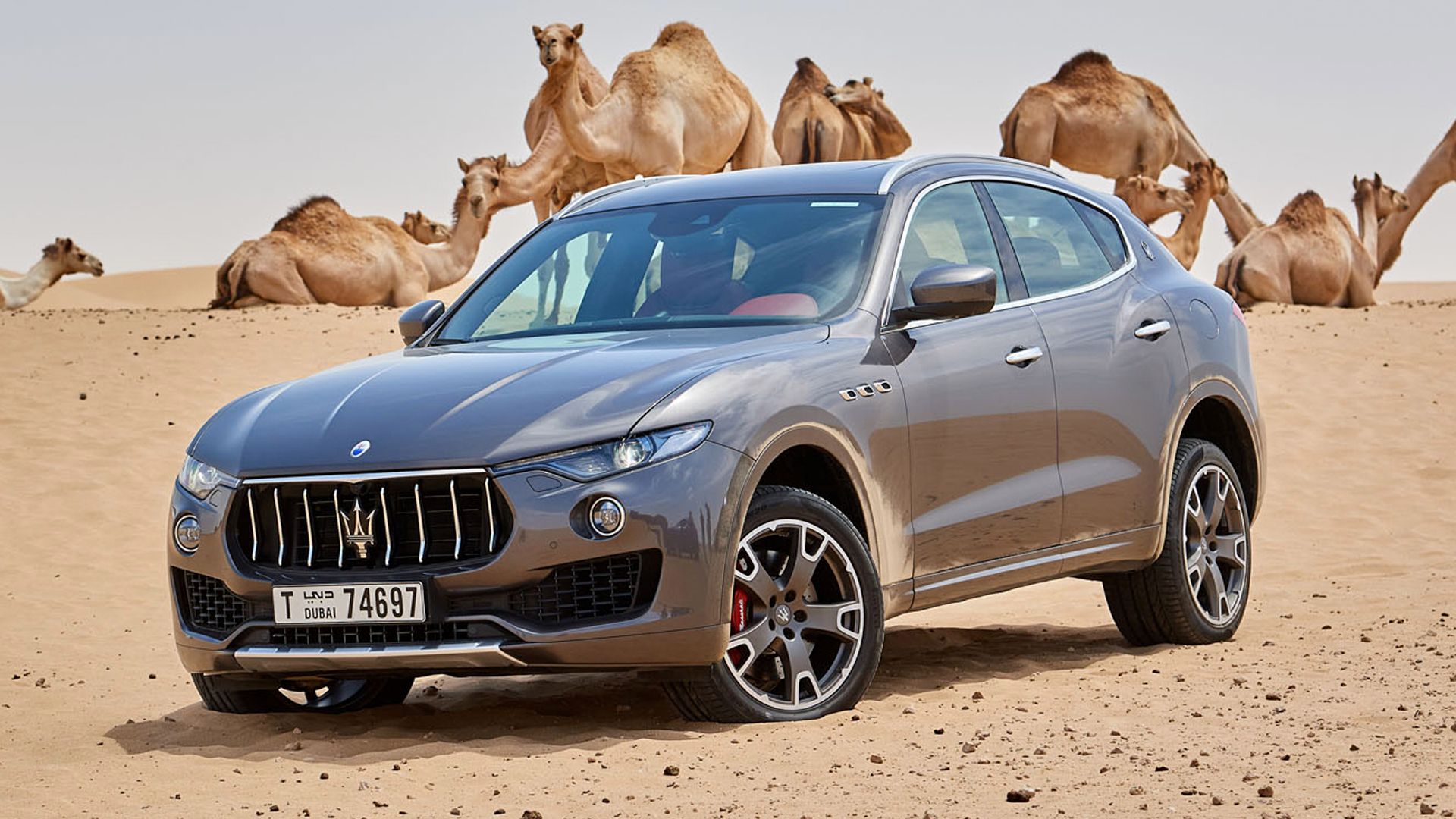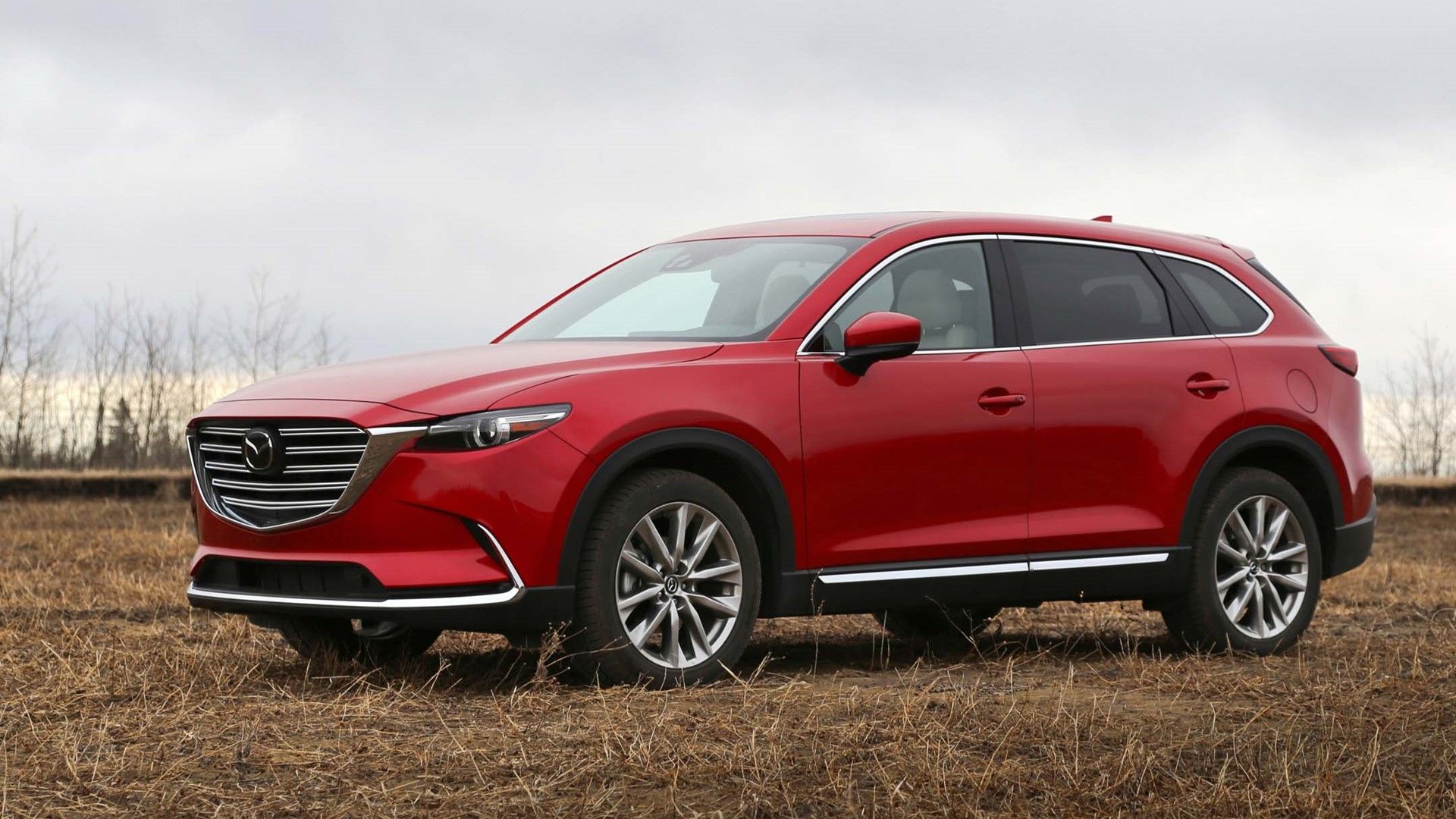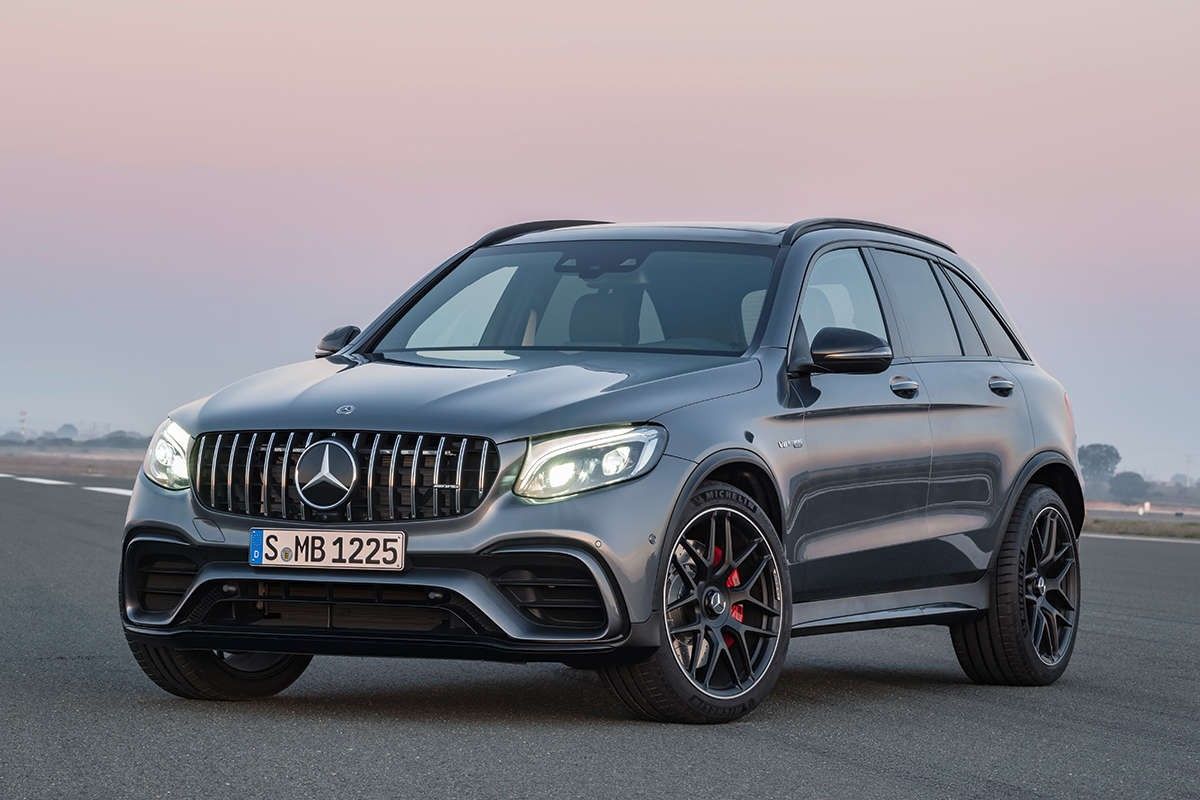Sport utility vehicles were never meant to be sporty. At least in the conventional sense. The “sport” in their titular acronym is meant to convey how they enable sporty things to happen- getting to fun places other vehicles might not be able to. But as SUVs have gradually become softer and softer road-confined machines, always more similar to cars, a concurrent trend of making them fast like regular performance cars has also occurred.
Originally, fast SUVs were even more of an automotive outlier than fast pickups. But the unfortunate trend of sport utility vehicles being more focused to road than off-road has yielded the strange and wonderful byproduct of a few of these utilitarian trucks being actually fast. In some cases, terrifyingly fast. While heavy, their weight can just mean more grip on launch if their large engine bays are filled with enough oomph. Beforehand, this meant dropping whatever the biggest engine available was in the bay and perhaps bolting a turbo or supercharger to it, but these days engine technology has progressed so far and fast that some modern engines that were designed for grocery getting dramatically outdo the old legendary engines they superseded without even trying to.
These engines, mostly 3 to 4 liter V6s, are some seriously impressive kit, and make some of the more soccer-mom-friendly vehicles they equip into factory-made sleepers. Unfortunately, just as many modern sporty SUVs have nowhere near enough engine to counter their weight. Here are the best and worst of the genre.
20 Beats Supercars: Dodge Durango SRT
Fiat Chrysler Automobiles has a thing for putting powerful engines under the hood of less than conventional applications.
The engine in in this case is a 6.4 liter 475 horsepower Hemi V8, filling the engine bay of the normally quite mundane Dodge Durango.
This can be paired with all-wheel drive, meaning a powerful 0 to 60 sprint in 4.4 seconds. This is even faster than the Dodge Charger equipped with the same engine, thanks to power going to all four wheels. It manages to be faster than the charger 392 while having significantly more luggage space and a third row for extra seating.
19 Beats Supercars: Chevrolet Trailblazer SS
Another entry in the muscle SUV category is the Trailblazer SS from Chevrolet, a standard crossover like SUV with the then current Corvette LS2 6 liter V8 shoved in the engine bay. Available in rear or all wheel drive, this truck could Accelerate from 0 to 60 in five and a half seconds, and handled better than the standard Trailblazer thanks to wider tires and improved suspension. These days, any mods that can be done to a Corvette LS2 can also be made the Trailblazers LS2, making them cheap to build into truly insane speed machines. Even stock however, they are no slouch in a straight line.
18 Beats Supercars: GMC Typhoon
A true Supercar beater, the Typhoon was known as the truck which could outrun a Ferrari in the quarter mile.
This was helped along by a turbocharged V6 putting power to all four wheels.
A serious piece of power, that was easily upgraded into something even faster. While extreme builds of Typhoons and the Typhoon’s sister pickup, the Cyclone, exist, more commonly they are kept relatively stock and used to cruise around while beating up on the uninitiated. Relative lightweight especially compared to modern sport SUVs, keep the Typhoon more than relevant. You need way less power if you have much less weight.
17 Beats Supercars: Bowler EXR Nemesis
Despite having the most British sounding name possible, this is not a Range Rover. This is a specially-built ground up race vehicle designed to blast over desert and other terrain without road at all, at very high speed. This is the Nemesis, a vehicle which for which jumps are as mundane as turns for sports cars. Though it can also take turns, and with 600 horsepower on a lightweight frame, will also do the work in a straight line as well. With a massive 415 liter fuel tank, the Nemesis can just keep going anywhere over any terrain at any time at lightning velocity.
16 Beats Supercars: Range Rover Sport SVR
This is Range Rover, and a special one at that. Most of these big British trucks are equally plush and cable off road, but this one swaps off-road extreme ability for on road agility and speed.
With a 500 plus horsepower V8 out of the Jaguar F-Type, and power going to all four wheels, the SVR can go from 0 to 60 in four and a half seconds.
And with extra wide 275 section tires and magnetorheological dampers improving suspension, this 4800 pound beast is not the pig one would expect in the turns. In fact, it is almost a Jaguar.
15 Beats Supercars: Jaguar F-Pace SVR
An actual Jaguar however, has a few tricks up its sleeve. Among them are the F-Type's nearly 600 horsepower supercharged V8, advanced suspension, and a thousand pounds less weight than the big Range Rover. The F-Pace can truly move as if it were sports car. It is lighter than many modern full size sedans, including Hellcats and the like. This kind of handling in a factory SUV is virtually unprecedented. While capable of keeping up with late model Porsches and embarrassing older Ferraris, this is an SUV that will still haul the groceries. And it will do it while out running the early 2000s sports car of your choice.
14 Beats Supercars: BMW X5 M
BMW has been in the performance SUV game for a while now, and their stalwart X5 shows this. Eclipse is all wheel drive and the same 4.4 L twin turbo V8 found in the M6, the X5 M screams away from a stop and is also not a wet blanket when a turn comes up. Zero to 60 is 4.2 seconds, on to an autobahn approved top speed. However, while others are changing the game with either new technologies or extreme numbers, BMW's X5 M just seems to be ticking a box in the company's ever widening portfolio.
13 Beats Supercars: Lamborghini Urus
One of the main points of contention surrounding the modern automotive landscape is whether traditional sports car brands should build SUVs or crossovers. While purists decry the attack on said purity of the brands, the brands themselves can't ignore just how profitable crossovers are. Apparently people don't buy sports cars as much as tall, ungainly, ugly normal cars.
Lamborghini’s addition to this sad truth is the Urus, a powerful and four-wheel drive exotic that is actually not the company's first off road capable vehicle.
But while it is not as capable as the cheetah or LM002, because it is engineered by Audi, it should be far more reliable, and better handling.
12 Beats Supercars: Alfa Romeo Stelvio
The Stelvio is not built by Audi. It is built by FCA, that marriage of Chrysler and Fiat that everyone knew from the beginning was going to turn out a lot of broken down cars. The Stelvio is no different, being exciting to drive, great to look at, but simply unreliable. The motoring press deeply wanted to believe that Alfa had turned over a new leaf, but of course they didn't. The same types of issues that were seen in the Giulia are seen in Stelvio, including disintegrating trim, unreliable powertrains, and far too many trips to the dealer. A disappointment, but not a surprise.
11 Beats Supercars: BMW X6 M
With virtually the same equipment and performance specs as the X5 M, the X6 M really only sent out in one particular way. By being hideously ugly. It is fast, quick to accelerate, not bad on brakes, and not terrible in the corners, but it is worse than terrible on the eyes. This is almost the definition of a crossover, openly having only the pretense of an SUV, well really just being a car that's taller. Another gap-filler in BMW's profolio, the X6 M is part of a series, the X-series, that has so many models in submodels it could easily be its own car brand.
10 Beats Supercars: Porsche Macan
Ever since they enter the market with a Cayenne, Porsche have been at the top of performance SUV food chain. Now they have a smaller crossover performance SUV in the Macan, which has turned out to be supremely capable on track.
That said, it is not that practical as a daily driven vehicle, which is ironic because that is the market it was created for.
It would seem that the cool factor of a crossover for the average consumer out does the actual practicality of a wagon like the Panamera. People are playing themselves. But while it is not the best tool for the job, it does rake in the cash for Porsche.
9 Beats Supercars: BMW X3
BMW may have some solid contenders in the market of sports SUVs, but they all bear the M badge. Their lesser machines that are still marketed as sporty tend to miss the mark, in some cases by a significant margin. The X3 was BMW’s original baby SUV, and that lack of seriousness has carried over into the current models. Despite weighing a pretty SUV standard ton tons, it has less than three hundred horsepower. Softer suspension and frustrating electronic nannies sap any fun that could be had out of the X3, leaving the experience just above soul sucking. While driving an X3 isn’t as bad as having your soul pulled out of you, it won’t put a smile on your face either.
8 Beats Supercars: Infiniti QX50
What will suck out your soul is this slithering beast, the Infiniti QX50. Namely, it’s continuously variable transmission. The CVT is perhaps the modern epitome of technology making driving boring, and while the kit has improved in the past half decade it has been around, it is still not fit for human consumption, at least if the human in question likes driving and/or has a soul. Despite the good looks of the QX50, it weighs in at two tons like most other compact modern crossovers, but only has a little two liter turbo engine providing power. Roughly 270 horses would be plenty in a light car, but in an SUV with a CVT it will barely move.
7 Beats Supercars: Porsche Cayenne
One of the originators of the performance SUV trend from European manufacturers is the Porsche Cayenne, a benchmark in the segment. Capable on and off road, it is not only incredibly fast, but somewhat agile, and incredibly practical. This was the original pariah from Porsche that got the purists in a heated rage.
It is certainly not a sports car, but it does things that sports cars simply can't, in both cargo hauling and off roading.
While it is not that pretty, its abilities speak for themselves. Cruising on the autobahn at over a hundred and fifty, picking up groceries, going off-roading, hitting the track, and driving home, all in one day with the same vehicle.
6 Beats Supercars: BMW X4
BMW’s ungainly X6 turned out to be a success, and in the same vein of their exploits when the X5 became popular which warranted the X3, the X6 spawned the smaller X4. Just as ugly, but almost as fast, the highest end versions of the X4 can sprint from zero to sixty in under five seconds, thanks to BMW’s all wheel drive system and turbocharged six cylinder engines. The X4’s existence really is something of a curiosity, but now that BMW has resolved to sell seven different models of SUV, it is just one of many “why though?” vehicles in the German automaker’s lineup.
5 Beats Supercars: Audi SQ5
It doesn’t hurt when Porsche shares their notes. The SQ5 is largely analogous to the Macan, sharing running gear and internal parts. This makes the Audi SUV roughly as capable as its sportier looking sister, but with a plusher interior.
Included in that running gear are some serious performance parts, including a differential that can send 85% of the little truck’s turbocharged power to the rear wheels.
This is yet another all wheel drive turbo grocery getter that will easily hit sixty in less than five seconds from a standing start at any stoplight. Not bad for something as plain looking as this.
4 Can't Keep Up: Mazda CX3
Forever the champions of light weight, Mazda’s small SUV is a thousand pounds lighter than most. This is a massive advantage, and mostly comes from the “small SUV” really just being a lifted and restyled hatchback. People are apparently more likely to buy something that looks like an SUV than a hatch here in the States, go figure. As one would assume, this pays huge dynamic benefits in terms of handling and braking, and makes fuel economy far better. But there’s a catch. This is a three thousand pound vehicle with a naturally aspirated 1.5 liter inline for powering it. Even though its a thousand pounds lighter, that doesn’t make up for it producing a third the power.
3 Can't Keep Up: Maserati Levante
One of the last historical sports and supercar brands to jump into the SUV game, mostly just because it took them forever to finish their design, Maserati attempted to change the game when their sporty SUV hit the market. Making over four hundred horsepower, suspension tuned by a company with F1 wins in its background, and plush luxurious interior fixtures seemed to make the Levante a predetermined success. But of course not. It was 6100 pounds plus, making that four hundred plus horsepower almost totally irrelevant. Suspension tuning as well. Just too much weight to throw around. To top it all off, the Levante isn’t any more reliable than the other Italian passion projects.
2 Can't Keep Up: Mazda CX9
The builder of the world’s favourite sports car makes much of its money selling SUVs most SUV buyers don’t buy. One of these is their mid size SUV offering, the somewhat strange looking CX9. But while Mazda has made possible the democratization of the sports car, they haven’t really figured out how to build an SUV. All Mazda’s offerings are marketed with a sporty edge, and indeed they are tuned to handle better than the other standard cars and trucks they compete against, but in the States sport eventually has to mean power. And a 2.5 liter inline four, even turbo, is not enough for a 4200 lbs truck.
1 Can't Keep Up: Mercedes GLC AMG S
Four hundred horses wasn’t enough for Mercedes. Their new crossover weighs two thousand pounds less than the Levante, but never mind that. Four hundred still wasn’t enough. A turbo V8 applied 469 horses to the road through a rear wheel drive based four wheel drive system, proper kit. But, of course, that’s not really enough. So instead they hook up a twin turbo V8 making just over 500 horsepower, once again driving all four wheels. The aero and gearing of the truck are so bad it won’t even crest 140 miles an hour, but it will get to sixty in 3.7 seconds.
Sources: CarAndDriver.com, MotorTrend.ca, AutoEvolution.com

